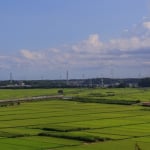Name: Sagarmatha National Park
Address: Sagarmatha national park, Nepal
Official/Related Site URL: https://whc.unesco.org/en/list/120/
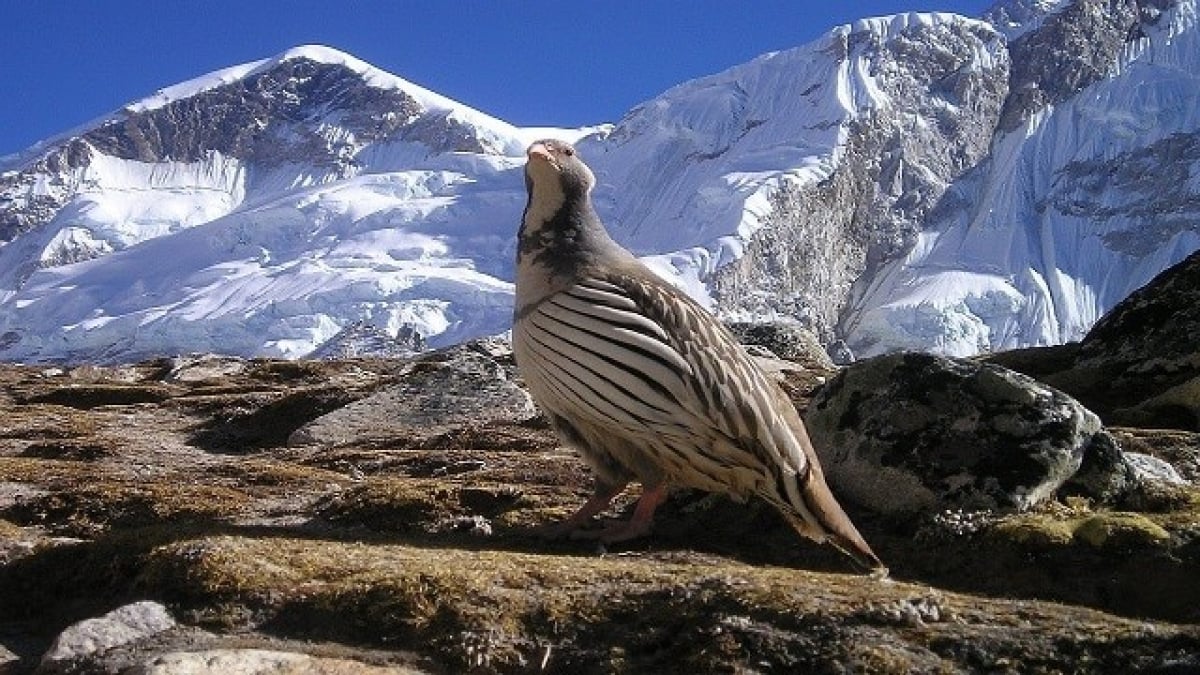
World Heritage Site in Nepal spreading at the foot of Mount Everest, the highest peak in the world!
Nepal is a country bordering India and the Tibet Autonomous Region of China. It is home to Mount Everest, the highest peak in the world, and thrives as the gateway to Himalayan mountaineering. Nepal boasts four UNESCO World Heritage Sites: the cultural heritage sites of the Kathmandu Valley and Lumbini, the birthplace of Buddha, and the natural heritage sites of Sagarmatha National Park and Chitwan National Park—all rich in charm. Moreover, these World Heritage Sites in Nepal are relatively easy to access, making them great travel destinations. In this article, we will thoroughly introduce the unique appeal of each World Heritage Site in Nepal!
table of contents
[x] close
World Heritage Site in Nepal spreading at the foot of Mount Everest, the highest peak in the world!
1. Sagarmatha National Park
When it comes to Nepal’s most famous World Heritage Site, Sagarmatha National Park spreads at the foot of the Himalayas, home to some of the world’s highest peaks. It was designated a World Heritage Site in 1979, and its most iconic highlight is, of course, Mount Everest—the highest point on Earth (called “Sagarmatha” in Nepali). Be sure not to miss the hotel located within the park at an altitude of 3,848 meters, the closest hotel to Everest in the world. The spectacular view from its windows is the grandest in Nepal.
At Sagarmatha National Park, you can encounter rare animals and plants that live only in this area. Although “Everest” might evoke an image of an unreachable peak, this World Heritage Site is actually quite accessible, making it an ideal sightseeing destination.
2. Lumbini, the Birthplace of Buddha
One of Nepal’s most iconic World Heritage Sites is Lumbini, the birthplace of Buddha. Located in a small village on the Terai Plain in southern Nepal, it is known as the birthplace of Gautama Siddhartha, or Shakyamuni Buddha in Buddhism. Around Lumbini’s largest structure, the Maya Devi Temple, lie many historic sites associated with Buddha’s life, drawing Buddhists from all over the world.
Lumbini is also located near the Nepal–India border, making it relatively easy to access and always bustling with visitors. While there are hotels in nearby villages, temples also offer lodging. As long as you follow the rules, tourists can stay there at a low cost. Don’t miss the chance to spend a night in this sacred World Heritage village!
Name: Lumbini
Address: Lumbini, Nepal
Official/Related Site URL: http://whc.unesco.org/en/list/666/
3. Kathmandu Valley
Located at an altitude of 1,300 meters on the mid-slopes of the famous Himalayas, the Kathmandu Valley consists of three cities: Kathmandu (Nepal’s capital), Patan, and Bhaktapur. It was registered as a World Heritage Site in 1979. Despite the elevation, its latitude is similar to that of Okinawa, giving it a warm climate year-round and making it a fertile land rich in nature and crops.
One reason it was selected as a World Heritage Site is due to its unique cultural development within Nepal. Among its cultural distinctions is the tradition of the Kumari. A young girl who meets very strict criteria is chosen to become a living goddess and is worshipped until she reaches puberty. She lives in the Kumari Ghar (House of the Kumari), and if you're lucky enough to see her make an appearance, it is said to bring great fortune.
Each of the valley’s towns features numerous historic structures such as temples and royal palaces, making it a place full of sights to explore.
Name: Kathmandu Valley
Address: Kathmandu, Nepal
Official/Related Site URL: http://whc.unesco.org/en/list/121/
4. Chitwan National Park
Chitwan National Park was Nepal’s first national park to be listed as a World Heritage Site. Located at the foot of the Himalayas, which covers much of Nepal, it is known as one of Asia’s last remaining expanses of virgin forest. This World Heritage Site is a sanctuary for over 40 species of mammals, including endangered animals like the Indian rhinoceros and the Royal Bengal tiger, as well as over 500 bird species.
In the mornings, mist shrouds the park throughout the year, creating a dreamlike scene distinct from its daytime beauty. With plenty of activities like elephant rides and rafting, your experiences in this World Heritage Site will become some of your most unforgettable memories in Nepal.
Name: Chitwan National Park
Address: Headquarters, Kasara Chitwan, Nepal
Official/Related Site URL: http://www.chitwannationalpark.gov.np/
◎Summary
What did you think? This time, we introduced the four World Heritage Sites in Nepal. These unique and distinctly Nepalese World Heritage Sites stretch across the base of the majestic Himalayas. With long histories that still continue to captivate people today, they offer opportunities to fully enjoy the charm of Nepal—from endangered animals only found here to deeply rooted Nepalese culture. Be sure to visit and experience the awe-inspiring wonders that go beyond your imagination.
RELATED ARTICLES
REGIONS
CATEGORIES
FEATURED ON Nepal
-
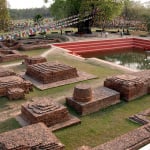
Nepal’s World Heritage Site Closely Tied to Japan: Pilgrimage to the Sacred Land of Lumbini, the Birthplace of Buddha!
-
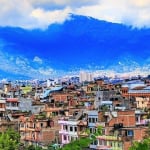
Recommended Souvenirs You’ll Want When You Go to Kathmandu, the Capital of Nepal!
-

Recommended Shopping Spots in Nepal with Many Fair Trade Shops!
-

Play in the Great Outdoors of Pokhara, Nepal’s Second City! 11 Recommended Tourist Spots
-
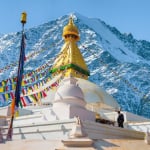
16 recommended tourist spots in Kathmandu, Nepal, the city where the gods live
MOST POPULAR ON Nepal
-
 1
1Doha: Must-see Attractions in the Capital of Qatar
-
 2
2Toronto: 10 Things to do in this Picturesque Canadian City
-
 3
3Amarillo: A City Famous for It’s Amazing Canyons, Great History and Music
-
 4
4South Korea: Dazzling Scenery, Rich Culture and Fascinating History
-
 5
5Kuwait: A Country in Middle East Asia Famous for Hot Sand Dunes and Stunning Cityscape




